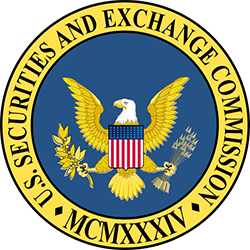Technology
SEC Pushes Out Guidance On Use Of Robo-Advisors

Staff at the US Securities and Exchange Commission have rolled out an investor bulletin and much-needed industry guidance on robo-advisors.
Further information and guidance for investors and the financial services industry has been published this week on the fast-growing use of robo-advisors - a phenomenon that has become a major area of debate in wealth management in recent years.
The guidance, from the SEC’s Division of Investment Management, includes suggestions on meeting disclosure, suitability and compliance obligations under the Investment Advisors Act of 1940. As RIAs, robo-advisors are subject to the fiduciary obligations of the Act.
Meanwhile, an Investor Bulletin issued by the authority’s Office of Investor Education and Advocacy provides individual investors with information they may need to make decisions if they consider using a robo-advisor. The bulletin addresses a number of issues, including: the level of human interaction important to the investor; information the robo-advisor uses to make recommendations; the robo-advisor’s approach to investing; and the fees and charges involved.
“As technology continues to improve and make profound changes to the financial services industry, it’s important for regulators to assess its impact on US markets and give thoughtful guidance to market participants,” said SEC acting chairman Michael Piwowar.
The guidance update acknowledges that there may be a variety of ways for a robo-advisor to meet client obligations under the Act, and that not all of the issues raised will be applicable to every firm. Click here to read it in full.
Meanwhile, studies have confirmed that the robos are “here to stay” but that many such firms, particularly those with shortcomings in the areas of onboarding and client assessment, will not survive as competition intensifies in this nascent sector.